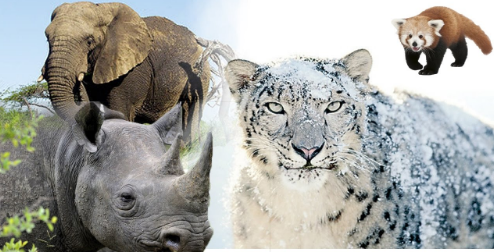The diversify climate of Nepal which ranges from tropical to arctic has enables Nepal’s territory to be the home of many rare fauna as well as wild animals. Besides, the natural beauty of the country, large number of tourists also came in Nepal to encounter some exceptional breed of animals and fauna. We can say that Nepal has a diverse range of some rare species of flora and Fauna.
Nepal has established numerous national parks and reserves in order to protect its diverse fauna. Moreover, Fauna of Nepal includes 3.96% of mammals, 3.72% of butterflies and 8.9% of birds among the total number of species found in the world. This article briefly describes about the rare faunas or animals only found in Nepal’s territory.
Spiny babbler
Spiny Babbler (Scientific name: Turdoides nipalensis or Kande Bhyakur in Nepali). Spiny Babbler is a member of the bird family Leiothrichidae. Spiny babbler is a large brown bird with a beak and they are shy in nature. The Spiny Babbler has a length of 28 cm and a weight between 65 and 90 grams. They often feed on the field or on lower fields, primarily attacking insects such as grasshopper, butterflies, beetles, caterpillars, wasps, and other insects as their food.
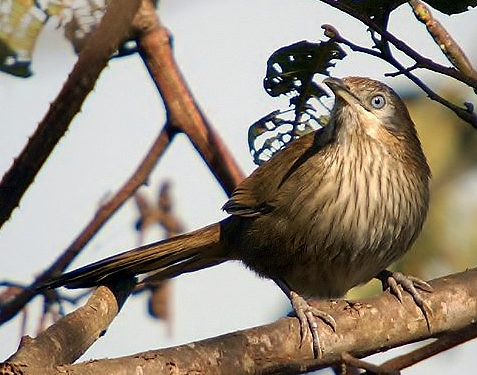
Himalayan field mouse
Skin lined in white paws in red-brown fur. Broad bushy tail with a length of up to 14.5 cm. The Himalayan Mouse is located in coniferous forests, where the long-tailed Field Mouse Conservation Status is syntopian and slightly sympathetic: Himalayan Field Mouse have been classified nationally as endangered because it is considered to have a limited scale to less than 5,000 km and occurs in only a few locations in central Nepal and is facing a continuing decline in habitat quality and area due to human disturbance.
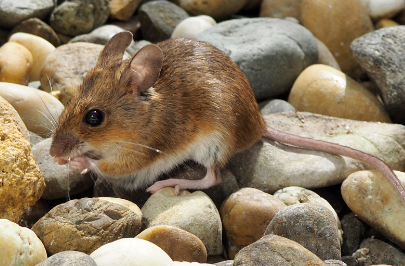
Nepali kalij
Nepali kalij found particularly in the woods and thickets at the foothills of the Himalayas of Nepal. The average length of males is 63 to Woman 50 to 60 cm (20 to 24 in.) and 74 cm (25 to 29 in) Much of the plumage of the males in the first group become brilliant blue-black, but in most subspecies, white to the rump or to underparts. And women’s brownishness. The subspecies are colored in white or black, in some subspecies, while in others, the rest of the feathers are pale-edged and give a thin appearance.
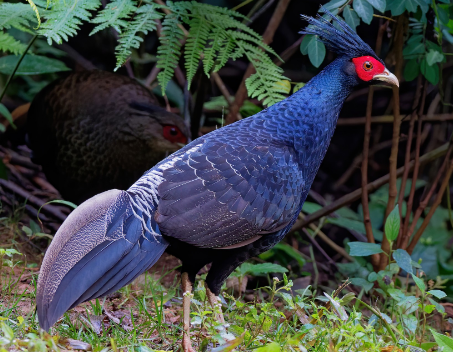
Clouded leopard
This adorable Asian cat is scarcely seen in the wild and his habits are a little enigmatic, named for his spotted hair. Clouded leopards walk from the rainforests on the foothills of the Nepal Himalayas through the hunting grounds of Asia. Although little information is known about the population size of their genus, they are considered vulnerable.
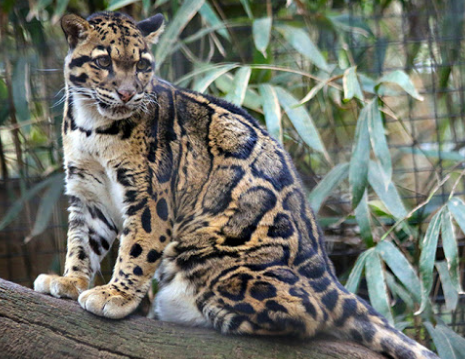
Corsac fox
The Corsican fox is an Asian fox species. These medium-sized animals are gray to yellowish with light lines in the ears, chin and throats on other areas of the body. A hair grows much smoother and more silky in appearance in the winter and is sturdy brown, with a black line extending down the neck. Foxes in Corsica have a large vision and an acute smell and hearing. We have a variety of fragrant glands, and some contain sparkling fragrances. In the anal zone, above the base of the ears, paws and buttocks. The drums are located.
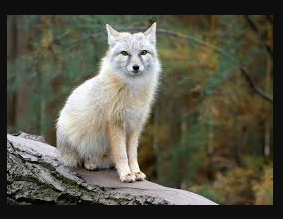
Marbled cat
They viewed as a leopard, clouded miniature. The fur is thick and fluffy, ranging from brownish gray to yellowish to reddish-brown, surrounded with large, middle patches. There are black streaks on her hands, and on her head and neck, there are some black rows. The Marbled cat has a small, oval head with wide eyes and a white chest. The cat has fairly large upper canines, much like the clouded leopard. Her tail is bushy and very long, well suited to her tree life. Its arboreal changes say it is potentially the natural counterpart of the Old World to the edge.

Tibetan fox
They are small to medium-sized bushy-tailed dogs with long fur, pointed ears, and a narrow snout. In a restricted sense, the name refers to the 10 or so species classified as “true” foxes (genus Vulpes), especially the red, or common, fox (V. vulpes), which lives in both the Old World and the New World. Several other foxes belong to genera other than Vulpes, including the North American gray fox, five species of South American fox, the Arctic fox (includes the blue fox), the bat-eared fox, and the crab-eating fox.
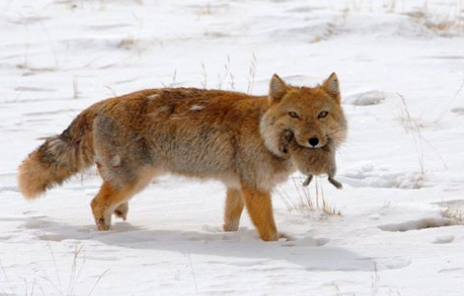
Tibitan wolf
The wolf is a canine of debated taxonomy. It is distinguished by its genetic markers, with mitochondrial DNA indicating that it is genetically basal to the Holarctic grey wolf, genetically the same wolf as the Tibetan wolf, and has an association with the African golden wolf (Canis anthus). There are no striking morphological differences between the wolves from the Himalayas.
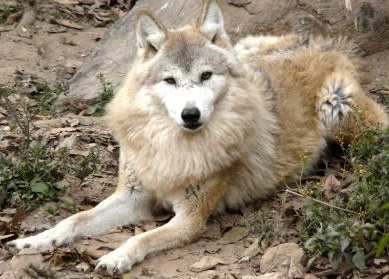
Red Panda
The red panda is the first panda discovered some 50 years ago. They are a carnivore that has adapted nearly entirely to bamboo. Although the red panda has historically been grouped in the Procyonidae (racoons) and Ursidae (bears) groups, recent research has taken them into their own group, Musteloidea and the Procyonidae, into their own genus.

One Horned Rhino
One-Horned Rhino resides in sub-tropical flood land with good access to water and green grass during the year. There are now several rhinos inside the correct rhino range of Chitwan National Park. When you look, you mostly see them in the large numbers, most of them staring at orogenic vegetation.

Himalayan Monal or Daphe
Daphe is also a national bird of Nepal, and it belongs to the pheasant family, Phasianidae. It is a very beautiful bird species that is only found in Nepal. These birds has a sacred position in the heart of Nepalese of people. Furthermore, they mostly found in the area in the Himalayan parts of Nepal.
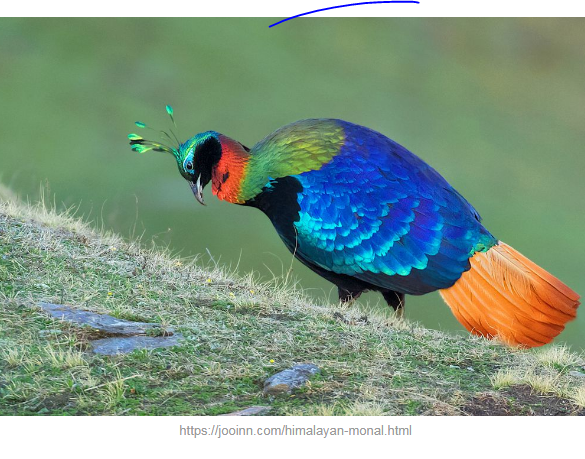
Check Out Other Interested Article At Our Site OMGNepal!!!!
